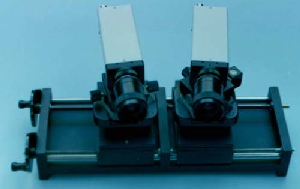
3D-Video Recording Equipment |

3D-Video Recording Equipment |
last update: April 14, 2006
|
|
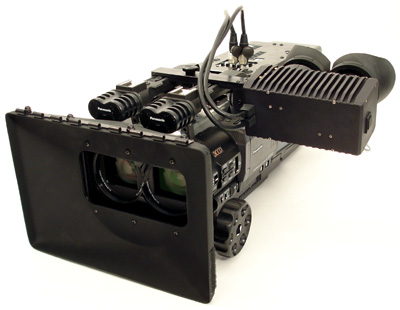
21st Century 3D 3DVX3
(Jan. 2006)

3DTV Space Bar camera
mount
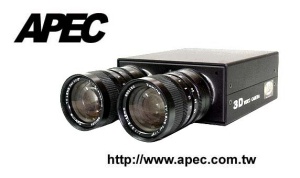
APEC 3D Dual lens camera

APEC 3D Dual-CCD Video
Camera

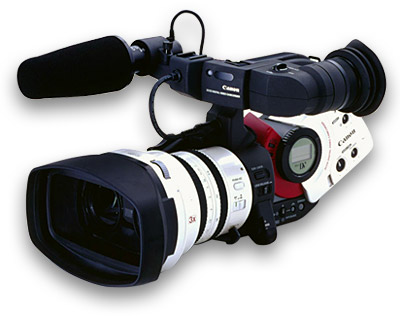
Canon 3D
zoom lens for XL1/XL1S DV camcorder (prototype presented
in 2000)
The commercial NTSC-version may become available by the end of 2001
at US$ 8500.
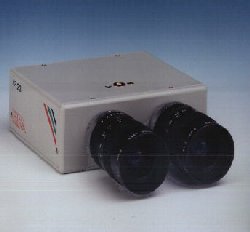
Kappa
Stereo Video Camera CF23
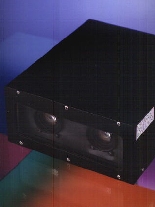
Kappa
Stereo Video Camera CF44 with zoom
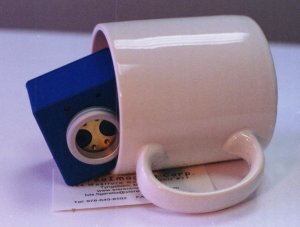
Stereoimaging
Corp. Miniature stereo-video-cameras
The cameras have a built in multiplexer,
so the output is either dual full video (one per channel), or field sequential
stereo.
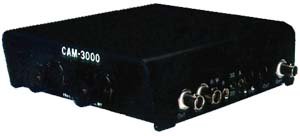
VRex Cam-3000
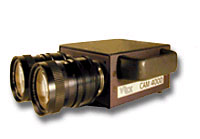
VRex Cam-4000
|
|
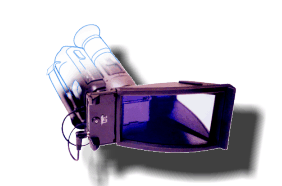
3-DVideo Nu-View stereo
(adaptor for camcorders)
The developer is out of business.
The device is now distributed (and even manufactured again?) by i-O
Display Systems
The price recently dropped from $500 to $250, complete with TV-shutterglasses
(Oct. 2001).
Read my review. and my NuView
vs. StereoCam comparison (coming soon)
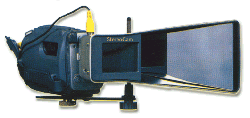
U-Bin Stereocam
(adaptor for camcorders)
Read my review (coming soon)
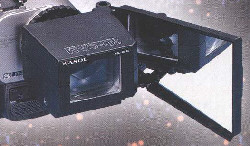
WASOL
3D-CAM
(stereo adaptor for camcorders)
more
info
comparison chart (coming soon)
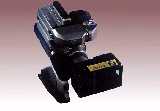
APEC 3D Video Master
(stereo adaptor for camcorders)
I don't think this model ever hit the market. APEC went for the NuView
instead.
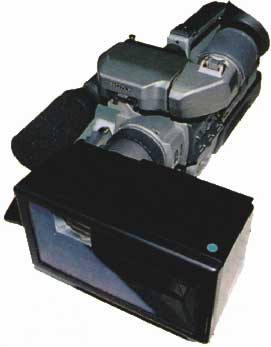
Found this image on an asian website, don't know which model this is.
Looks pretty similar to the APEC prototype shown above.
How a camcorder 3D-adaptor works
Well it's like shutterglasses for your camcorder eye. A mirror system puts the camera eye into the center of the light rays of a left and a right eye view. A built-in shutter sees to it that the camera lens gets only one of the views at a time. The adaptor is connected to the video-out port of the camcorder so the shutter can sync to the recording (50 or 60 Hz).
To understand the technology you first have to understand the television systems. One second of television consists of 25 (PAL) or 30 (NTSC) frames. These frames are divided into 50 (PAL) or 60 (NTSC) half frames. One half-frame consists of either all even or all odd lines of a frame. In other words television works in interlace mode by default. 3D-video systems are based on this interlace technique. They use all even-line-half-frames for one eye and all odd-line-half-frames for the other eye. Like any shutterglasses system it's time-sequential stereo3D!
The resulting 3D-video tape is similar to the commercial 3D-video tapes sold over the net and can be viewed with all TV-shutterglasses systems or a video-ready HMD like the i-glasses. No further modification of camcorder, VCR or TV-set required!
APEC offers a digitizer system to get the video tapes up to the PC. The port to the PC gives you the opportunity to increase the refresh rate (not the frame-rate).
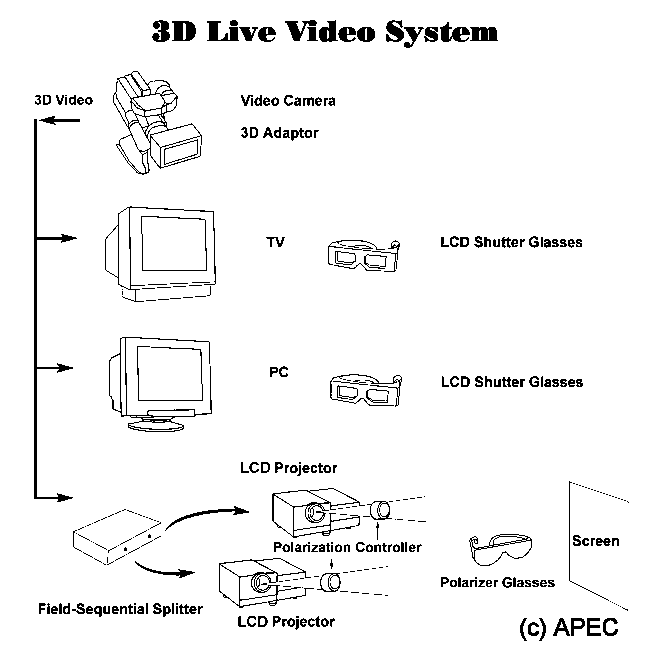
APEC 3D Live (active, field &
line sequential ?)
|
|
These Converters are used to merge two video signal streams into
one 3D-signal or vice versa and to solve several other format problems
connected to 3D-video recording and playback.
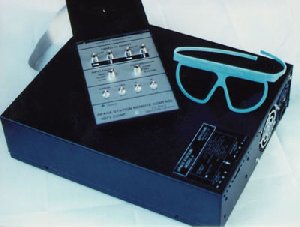
3DTV Space Station 4
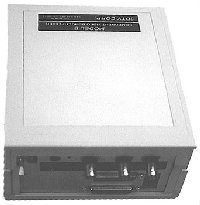
3DTV Stereo Multiplexer
Model 100/200/400/500
turns the signals of 2 video-cameras into one field-sequential 3D-video
signal
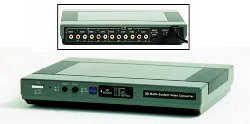
(3DTV) 3D Standards Converter
Interchanges NTSC, PAL, SECAM in field sequential 3D
format or change R,L polarity or convert to 2D

APEC 3D Imager (3D video
digitizer)
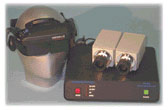
ImageTek 3DI-3000 Video-Encoder
Multiplexer
turns the signals of 2 video-cameras into one field-sequential 3D-video
signal
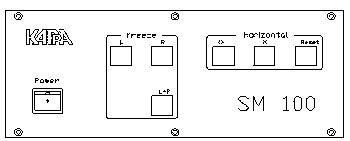
Kappa Scan
Converter SM100
Frequency doubler
The SM 100 doubles the incoming video image frequency to 100 Hz (PAL)
or 120 Hz (NTSC) to get a high-quality flickerfree 3-D TV image
The system accepts PAL and NTSC input signals which can be composite
video, Y/C (super-VHS) or RGB.
With the independent freeze function it is possible to use only one
camera to achieve 3-D images by moving either the object or the camera.
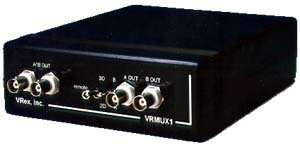
VRex VR-Mux1 Multiplexer
turns the signals of 2 video-cameras/sources into one field-sequential
3D-video signal
Demultiplexers moved to Projection-Page
!
Brand and product names are trademarks or registered trademarks of their
respective holders.
Some images are taken from the official product websites.
The author can not guarantee the accuracy of the information given
on this page.
Christoph Bungert, Germany .